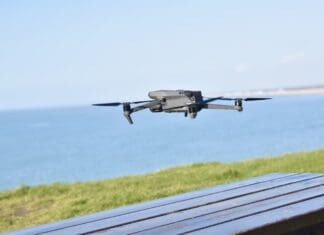This post is also available in:
 עברית (Hebrew)
עברית (Hebrew)
In our ever-developing technological environment, people are coming in contact with more and more robots and robotic services. Many of these robots are designed in human-like forms to promote sympathy and trust with the users. This can go anywhere from a face with eyes and a mouth, to a fully human-like silhouette. Surprisingly, the newest approach to making these robots seem inviting is not a cute face or a fun design, but something as simple as blinking.
Helena Kiilavuori, a psychology researcher at the University of Tampere in Finland stated that while it is often assumed that blinking is just a reflexive physiological function, it also serves an important role in reciprocal interaction. Blinking is more than a bodily function meant to protect the eyes and preserve moisture, it is also a non-verbal way for people to convey emotion and attention.
“Due to the many important functions of blinking in human behaviour, it could be assumed that having robots blinking their eyes could significantly enhance their perceived human-likeness. This could, in turn, facilitate human-robot interaction,” says Ms Kiilavuori.
The research group CONTACT (Cognitive Architecture for Collaborative Technologies) at the Italian Institute of Technology in Genoa conducted an experiment with 13-year-olds and adults, which concluded that people simply like blinking robots more than unblinking ones.
According to the BBC, humans also perceive robots that blink as more intelligent, which is relevant in situations where robots are meant to provide information, like in train stations or a hospital.
Although we know how beneficial blinking robots are, producing and programming them is much more challenging than it seems. “Blinks are one of the subtlest of human movements, so designing mechanisms that can mimic these movements require advanced technology, such as high-precision motors,” Ms Kiilavuori explains.
Apart from the technology needed, the speed, sound and appearance of the blinking is crucial. For example, if a robot blinks too slowly it might appear sleepy and “cat-like”, or actually lose visual information.
The CONTACT team developed a solution in the form of a software program to randomize the intervals between single and double blinking, so it seems more organic and natural. Yet another challenge arises when you consider the fact that people unconsciously sync their blinking pattern with their conversation partners.
This tiny but hugely noticeable detail shows us that although robotic technology is ever advancing, we seem to still be far from robots indistinguishable from human beings.

























